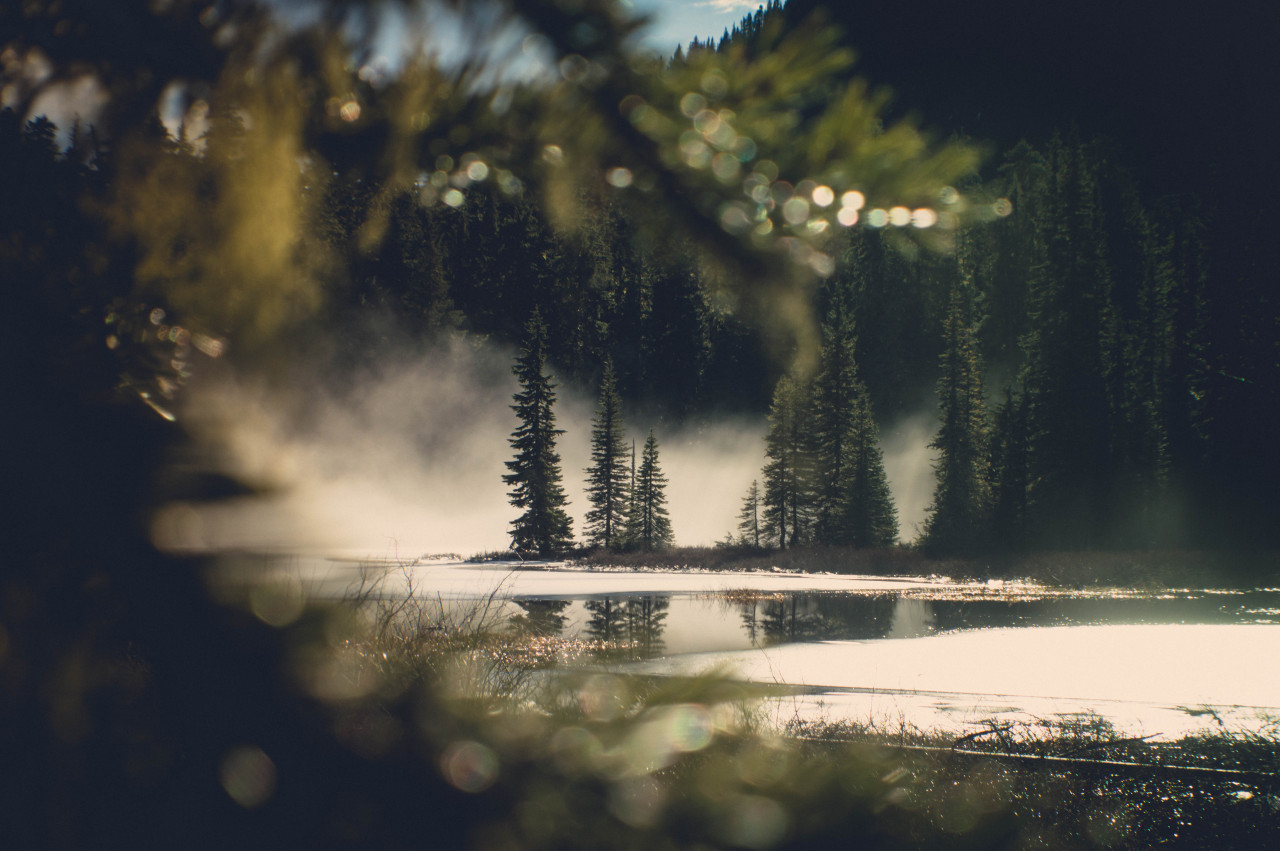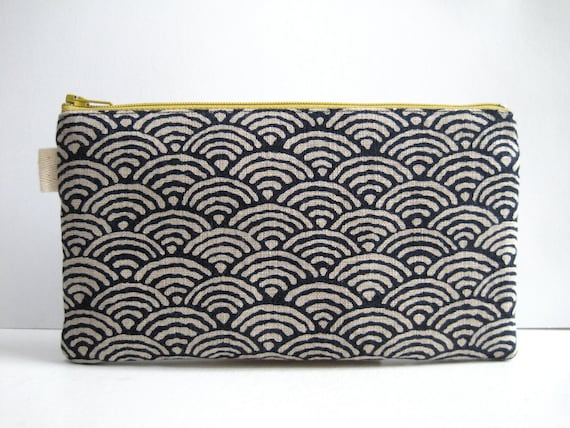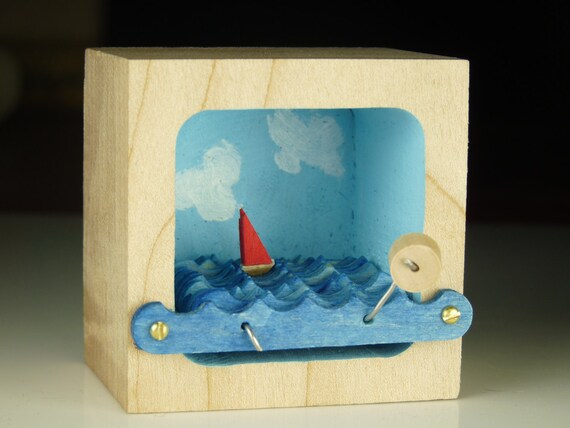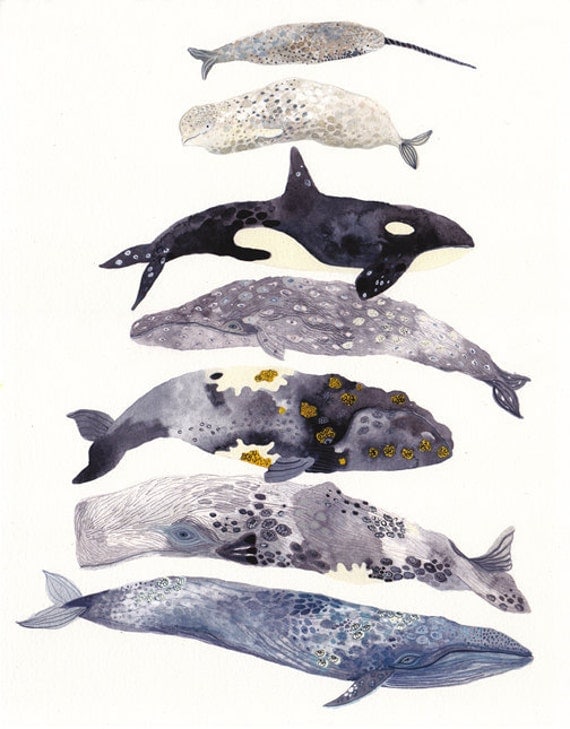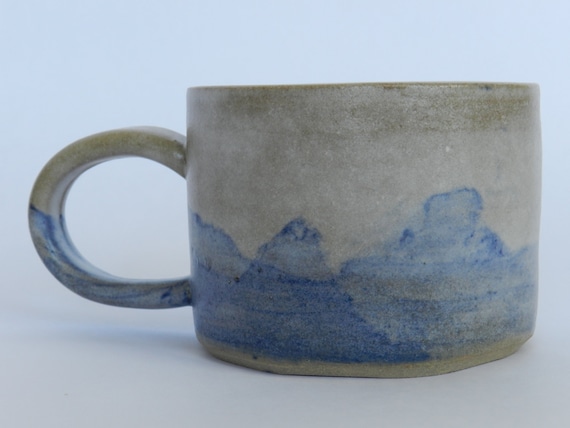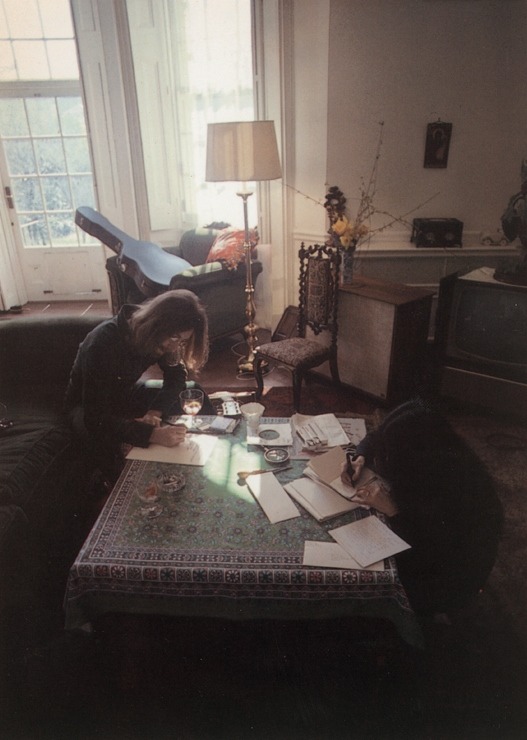When Joe and I were recently in our favorite coffee shop to pick up some thank you cards, I also discovered this beautiful collection of art: Kinfolk Magazine's winter issue. I know I've seen Kinfolk before, I believe I've admired their work online at some point, but never had I seen the publication in person, and let me tell you, in case you're new to Kinfolk too: it's so very lovely.
On this particular outing, the sun had already set for the day, it was dark and cold outside, and I was feeling a little sad that my short winter break was nearing its end. But alas, I stumbled upon the perfect cards and this magazine, and felt a wave of caffeinated excitement, often attendant with any Atticus visit. The people in this cafe are welcoming, funny, and easy to chat with, and the space is super sweet and cozy.
Picture this: exposed brick walls, low lights, the smell of good espresso, and (mostly) good natured, local Spokane folk milling about, reading, or sipping drinks with friends--it's a warm sight to behold. And yes, under its influence, I tend to enjoy more flights-of-fancy purchases than I might anywhere else.
It's okay. I love the owners and I love what they do for this town.
But I'm not actually writing about our beloved Atticus today (okay, I am, but not exclusively). What I didn't notice until I began leafing through the magazine at home, is that probably three quarters of the way through there's a feature on Solstice traditions and folklore--specifically surrounding the mysterious, dancing lights that certain northern countries witness during the coldest, shortest days of the year:
“They believed the aurora was caused by the reflections of light off the scales of large shoals of fish”
The thing is, I have a fascination and deep admiration for the art of shadow puppetry--its stark, silvery nature feels both haunting and arresting--and in a lovely pairing between folklore and this ancient form of storytelling, the fine editors of Kinfolk share the varied origin stories for how the Northern Lights came to be. Here are a few:
Finnish
This northern nation still calls the aurora borealis revontulet, which literally translates to “fox fire.” Legend says that an arctic fox dashed across the tundra swiping snow up into the sky, while others claim his bushy tail caused sparks when brushing the peaks of tall mountains.
Norse
According to Norse mythology, female spirits called Valkyries chose who lived and died in battle. They escorted the most heroic who fell to Valhalla, the “hall of the slain,” which was overseen by Odin. The Vikings believed the lights were the reflection of the Valkyries’ armor and shields as they led the dead to their final resting place.
Danish
Danish legend speaks of the swans that held a competition to see who could fly the farthest north. Some birds became caught in the ice and tried to escape by flapping their wings. This flurry produced the waves of the aurora borealis.
See the gorgeous slide show and read a few more tales here.
I have a dream of playing with shadow puppetry and pairing it with one of my own or one of my favorite short stories some day. I've witnessed it before at an AWP (Associate Writing Programs) Conference a few years ago, and I was truly moved--it felt like such a breakthrough for adding this gorgeous element to one's narrative.
Seeing it here in Kinfolk is a treat, and a source of renewed inspiration for giving it a try someday soon.
Happy Friday to you! May you enjoy a restful weekend.
(top photo: indypendent-thinking.tumblr.com)









